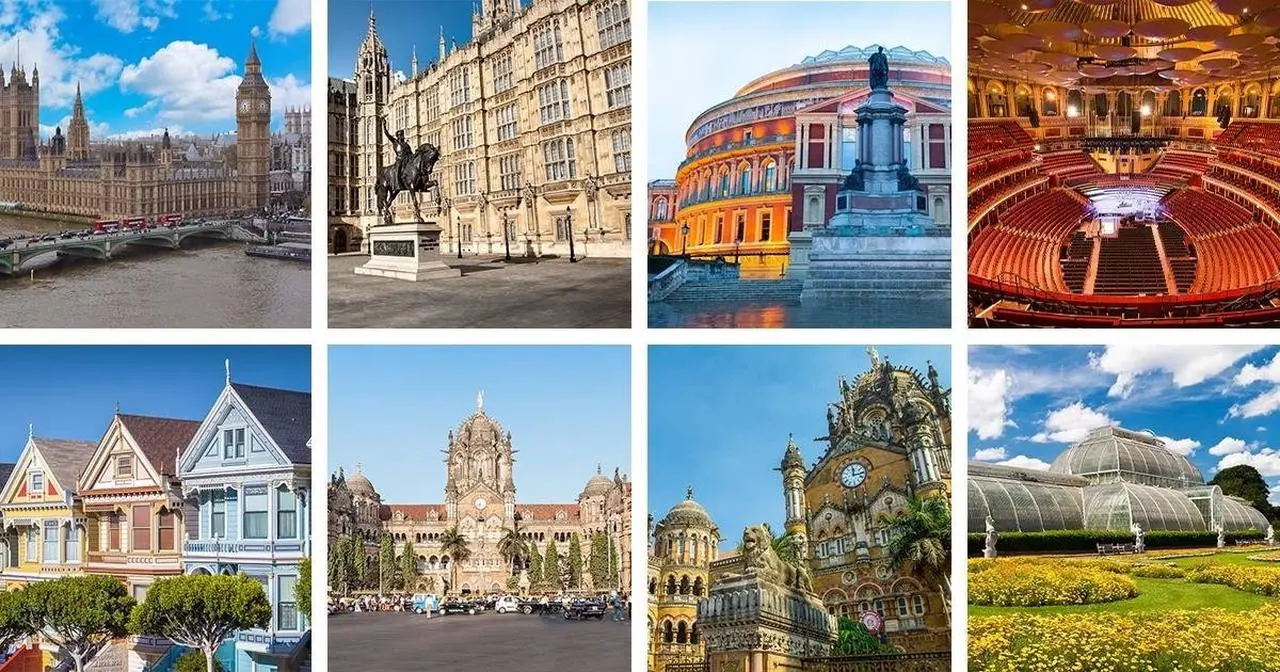Victorian architecture is a rich and diverse architectural style that emerged during the reign of Queen Victoria of England, from 1837 to 1901. This period in architectural history was marked by a departure from the classical and neoclassical styles of previous eras and a fascination with ornamentation, innovation, and eclecticism. The Victorian era saw a wide range of architectural styles, reflecting the eclectic tastes and changing social, technological, and economic landscape of the time. Here, we will explore some of the most prominent styles of Victorian architecture.
1. Gothic Revival
One of the most iconic styles of Victorian architecture, Gothic Revival, paid homage to the medieval Gothic structures of Europe. This style featured pointed arches, intricate tracery in windows, and richly detailed stonework. Notable examples include the majestic Houses of Parliament in London and the awe-inspiring St. Patrick's Cathedral in New York City.
(www.flickr.com)
2. Italianate
Inspired by the elegant villas of Italy, the Italianate style was marked by its symmetrical facades, tall windows, and ornate brackets supporting overhanging eaves. This style often incorporated square towers or cupolas and was a favorite among affluent homeowners of the era.
(www.antiquehomesmagazine.com)
3. Second Empire
Drawing inspiration from 19th-century France, the Second Empire style was known for its distinctive mansard roofs, elaborate dormer windows, and ornate cornices. The Fairmont Hotel in San Francisco stands as a prominent example of this opulent style.
(www.mouldingsone.com)
4. Queen Anne
Characterized by its asymmetrical design, steep roofs, and a multitude of materials, including brick, wood, and stone, the Queen Anne style was a playground for architects' creativity. Turrets, gables, and decorative elements adorned homes in this distinctive style.
(www.angi.com)
5. Romanesque Revival
Romanesque Revival architecture borrowed elements from the medieval Romanesque period. It featured massive stone construction, rounded arches, and a fortress-like appearance. The Richardsonian Romanesque style, with its bold use of stonework, remains an architectural treasure.
(Foto: englishelm.com)
6. Stick Style
The Stick Style was recognized by its exposed structural elements, with decorative wooden "sticks" applied to exteriors to mimic timber framing. It often featured steep gables, cross-gabled roofs, and ornamental trusses, creating a unique and visually striking aesthetic.
(www.thespruce.com)
7. Folk Victorian
A more modest interpretation of Victorian architecture, Folk Victorian homes incorporated decorative trim and porches, albeit in a more restrained manner. They were often found in rural areas and reflected the Victorian aesthetic with a touch of simplicity.
Photo Credit: NCinDC - (www.flickr.com)
8. Mansard Style
Named after François Mansart, this style featured steeply sloping mansard roofs, dormer windows, and symmetrical facades. It blended elements from various architectural styles, showcasing the versatility of Victorian architects.
(Foto: flickr.com)
9. Eastlake Style
Influenced by the Arts and Crafts movement, the Eastlake style emphasized handcrafted, decorative woodwork. It featured intricate spindlework, brackets, and patterned shingles, reflecting a focus on craftsmanship and artistry.
(Foto: flickr.com)
10. Shingle Style
The Shingle Style, characterized by its use of cedar shingles on exteriors, created a cohesive and textured appearance. Irregular rooflines and expansive porches were common features, contributing to the style's unique charm.
(Foto: flickr.com)
In conclusion, Victorian architecture was not limited to any one particular style, and it often blended elements from several styles, leading to a diverse and visually captivating architectural landscape. This eclecticism reflected the dynamic and rapidly changing society of the Victorian era, where innovation and individualism were celebrated, and architects had the freedom to experiment with various design elements. Victorian architecture continues to be cherished and preserved for its historical significance and aesthetic charm, providing a tangible link to the past and a source of inspiration for architectural enthusiasts today.
Please watch the video “Before & After: A Victorian House Is Brought Back To Its Heritage Roots” to learn more about Victorian architecture.



Leave a Comment